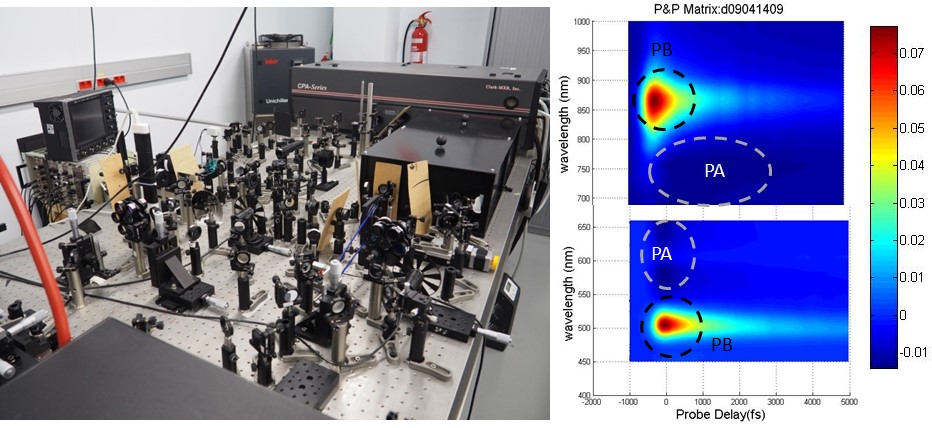Few-atom metal nanoclusters for optoelectronics and energy applications
RESEARCH PROGRAMME
P5: Ultrafast phenomena at the nanoscale
PhD PROJECT DESCRIPTION
Metal nanoclusters (MNCs) composed of few metal atoms with sizes below 2 nm are fascinating structures with outstanding optical properties. Unlike plasmonic nanoparticles (of > 2 nm size), MNCs exhibit a molecular-like electronic structure with discrete levels arising from strong quantum confinement which are optically-coupled. Thus, MNCs offer assets in a range of applications spanning from light emission in solid state devices, solar energy harvesting, photocatalysis or bio imaging, which are yet to be explored. MNCs based on noble metals like gold are, in addition, biocompatible, paving the way for potential health-related applications including in vivo imaging of tissue or photodynamic therapies. Furthermore, the MNC synthesis is relatively simple and can rely on relatively abundant elements (like Cu for instance), becoming highly sustainable luminescent materials with photoluminescence quantum yields up to 40-60%. In this project, we will investigate the photophysics of MNCs to pave the way for their application to optoelectronic devices such as light emitting devices or to energy harvesting (solar cells or photocatalysis).
The work at IMDEA will concern primarily with femtosecond spectroscopy for the study of ultrafast electronic relaxation processes localized within MNCs or between MNCs and capping ligands designed specifically to promote the MNC optical properties or to trigger energy or charge transfer processes. In a second stage, the development of nanostructured surfaces coated with MNCs will be pursued, in order to build photonic cavities. This activity will be oriented towards increasing light absorption for sunlight energy harvesting or alternatively obtaining laser resonators, when highly luminescent MNCs are processed. The development of suitable surface textures will take place in collaboration with specialized expertise available at IMDEA. The project will also offer opportunities to the candidate to carry out research stages at different institutions. The hosting group had access in the past years to singular infrastructures like the Extreme Light Infrastructure (ELI-BEAMS) at Prague or the ESRF synchrotron facility at Grenoble. External collaborations as well as student exchange with other institutions are common in the hosting group.

Figure 1. A picture of a femtosecond transient absorption (TA) spectrometer available at IMDEA (left) and a characteristic TA contour plot (right).
APPLICANT’S REQUIREMENTS
Highly motivated candidates with a Physics, Chemistry or related Engineering background are encouraged to apply. Previous experience in the following aspects are desirable but not mandatory
- Synthesis of MNCs, metal nanoparticles or related systems.
- Optics / optical spectroscopy field.
- Labview, Python, C++ or similar languages for experiment automatization and data acquisition.
Fluent English (oral and written) is mandatory.
RESEARCH GROUP DESCRIPTION
The Group of Photophysics and Photonics at IMDEA Nanociencia deploys femtosecond spectroscopy to study a series of phenomena such as exciton dynamics, energy transport across interfaces, luminescence and light-to-energy conversion in π-conjugated systems, nanographenes, 2D semiconductors, few-atom metal nanoclusters or metal organic frameworks as emitters for solid state lighting or as fluorescent sensors. The facilities available include two femtosecond transient absorption spectrometers, time-resolved photoluminescence setups, flash photolysis, micro-photoluminescence, fluorescence quantum yield measurements and low-temperature spectroscopy facilities among other characterization techniques.
A link to our more recent publications is provided below: https://juancabanillas.wixsite.com/research/publications
RESEARCH SUPERVISOR
Prof Juan Cabanillas González
juan.cabanillas@imdea.org
Research Group website: https://www.nanociencia.imdea.org/pump-probe-and-photoinduced-absorption-spectroscopies/home
Other websites: https://juancabanillas.wixsite.com/research
